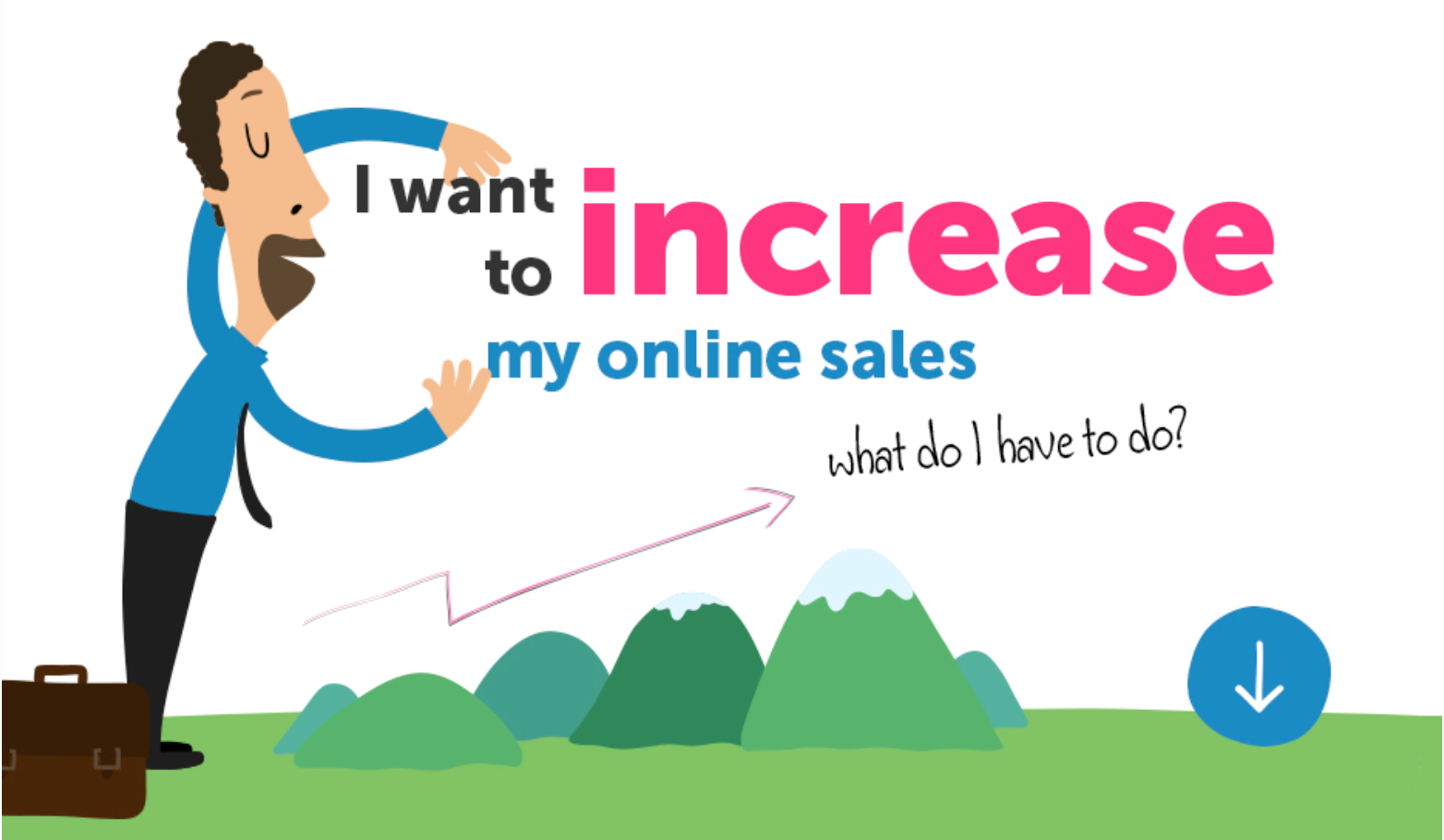Lead Generation Agency
September 1, 2020
Spids Indiaa

Most of the B2B companies say paid search campaigns generate leads for their businesses: B2B companies that are using display advertising. But PPC campaigns,re-marketing ads, creating a strong CTA, Tie offers to landing pages, use gated content and lead magnet can add up quickly. It’s important to make sure you’re getting the best results for your money.
Use PPC Advertising
Google AdWords is important for brands who want to increase brand awareness or promote specific offers because it increases the odds that your site will show up at the top of searches for the keywords you’re targeting.
If you’re doing Pay per click, you can use extensions with your ads to get more real estate to promote your products and services.
We all see that paid traffic is the best and the quickest way to generate leads. But the problem is that AdWords campaigns for B2B is differ from B2C. Key match being, that SERP is cluttered with too much information and you need to find a way to attract responsiveness.
The B2B campaigns stance a different set of challenges from B2C campaigns and these challenges are reflected in the marketing and advertising strategy. While, there are a lot of similarities between the two when it comes to executing the campaigns.
This complete Google AdWords guide for B2B lead generation will teach you exactly how to develop and execute your strategy for maximum lead generation which is implemented by top AdWords marketing agencies.
If your business is acts as a B2B operation exclusively or as a blend of B2B and B2C, you can use PPC campaigns to scale lead generation.
Run re-marketing ads
Re-marketing ads is to take you back someone of your product or brand as they keep up browsing the internet, whether they’re on social media, their favorite news site or researching your competitors.
Re-marketing worked from utilizing “cookies”, a small piece of data stored by the Web browser that remembers users who visited your advertisement or web page. This Marketing method can then use this cookie data to provide out ads to the users again. By showing these targeted ads to users that have shown an interest in your brand, you increase brand awareness and often total conversions.
Create a strong CTA
A call to action is nothing but designed to get an immediate reply a direct sale. Most often, the term refers to the words or phrases marketers use in ads, on web pages, or in sales scripts compelling an audience to take a specific action. Your Call to action should move visitors more along your customer journey map. While used for lead generation, CTAs typically apt potential leads to provide their contact information in exchange for a lead magnet or gated offer
- Make Your CTA Action & Benefit Oriented
- Keep Your Message Consistent
- Stand Out from the Crowd!
- Location, Location, Location
- Always Be Testing
They all have a call-to-action button, and Post-click landing page cannot exist without. No CTA button means no way to convert. And if you’re not taking the time to create an effective one (e.g. using a generic CTA like “Submit”), you might as well throw in the towel right now.
Tie offers to landing pages
Landing Page is simple to attempt but difficult to perfect. Pouring all your creative energy into crafting a superb landing page, only to watch your hard-earned visitors leave without signing up, can be pretty demoralizing.
Let’s take a look at some simple conversion rate tips we’ve found that can help you create better landing pages and boost your conversions.
- Set one goal and eliminate distraction
- Grab visitors’ attention with your headline
- Use imagery that reflects your offer
- Solve a pain point with your lead magnet
- Make your body copy enticing
- Keep forms as simple as possible
- Build trust with visitors
- Create a killer call-to-action
- Keep up with your marketing funnel
- Measure your results and make improvements
Use gated content
Try your blog into a lead generating method by adding gated content. This is any content that your visitors can access only after providing their contact information.
Look at your website analytics to find high-value content. Then, use a lead generation tool to effectively lock those content so only visitors who provide their contact information can get to it.
Create a lead magnet
A lead magnet is a marketing tool that makes leads by offering a long-form resource or free tool in exchange for a potential lead’s contact information. You can probably do best using a mix of gated content and lead magnets, then this is really dependent upon your audience. Increasingly, potential leads want companies to just give them the content they want, without asking them to opt-in for other things.
